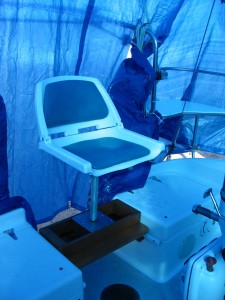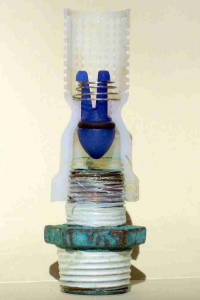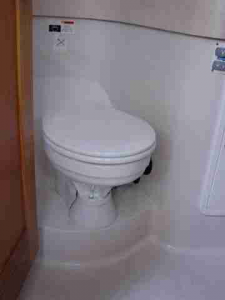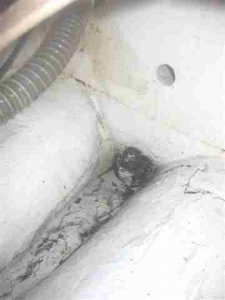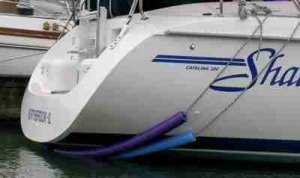By Bob Bierly
Mainsheet, November 2009
Many of us have struggled with what to do with the stock C380 helm seat insert. It is too low to sit on while steering the boat, the rubber hasps do not hold the insert securely enough (just step on the rear lip to see what I mean), and it is cumbersome to handle when you want to access the stern step. Several skippers have considered the “Helmseat” advertised in Mainsheet. Bob Bierly, our Association Secretary/Treasurer and who skippers C’mon Wind, shares his solution:
Attached are a couple photos of my helm chair. Photo 1 – “The Chair” shows my complete seat assembly in place. Photo 2 – “Chairbase” shows the wooden box (or bridge) I built to replace the factory provided fiberglass seat insert behind the helm, to which is mounted a simple fishing seat. The bridge also allows fore and aft
You need to be logged in to see the rest of this content. Catalina380-IA members, please login.
To join please fill out a membership application (Association->Membership Application) and send a check to the address on the form.

